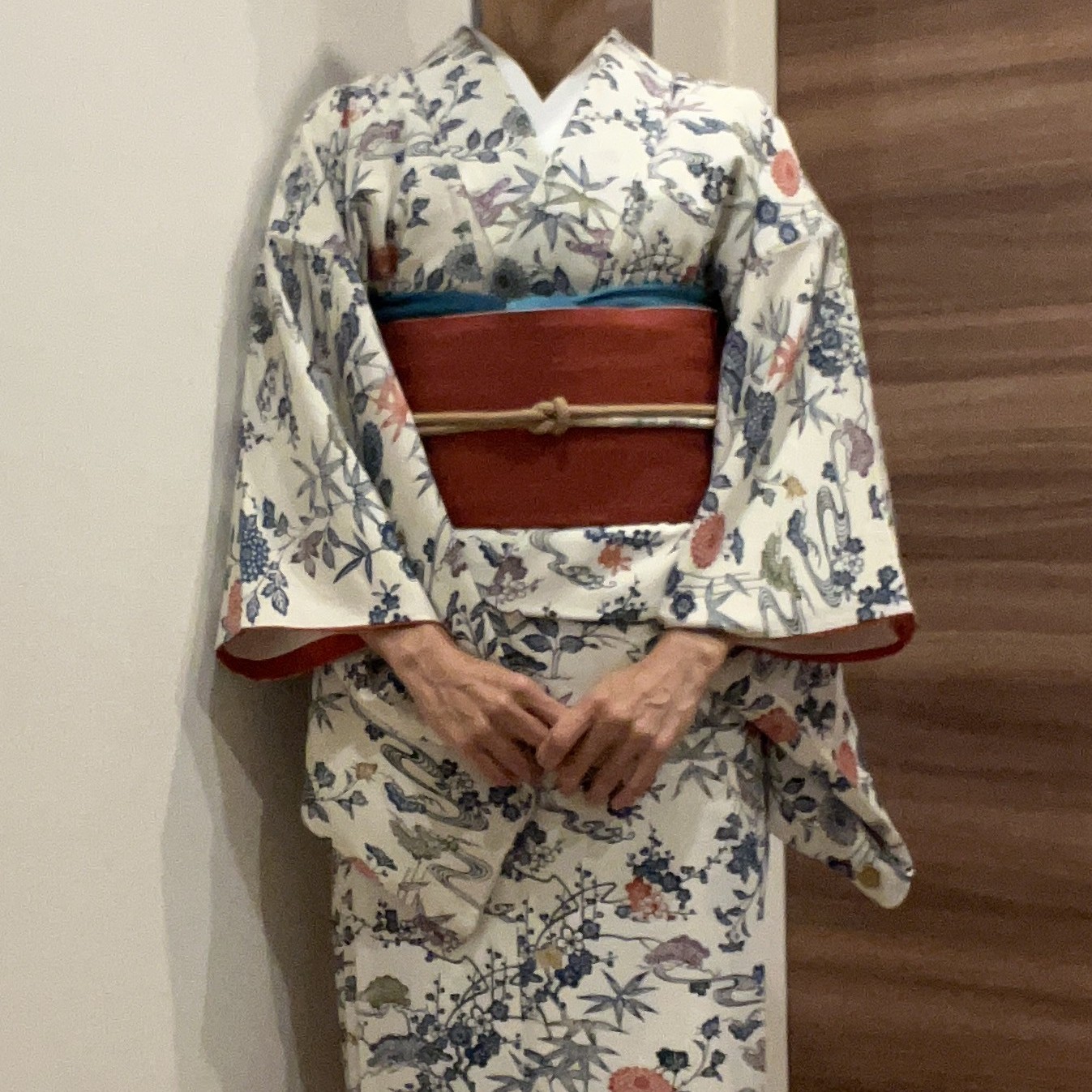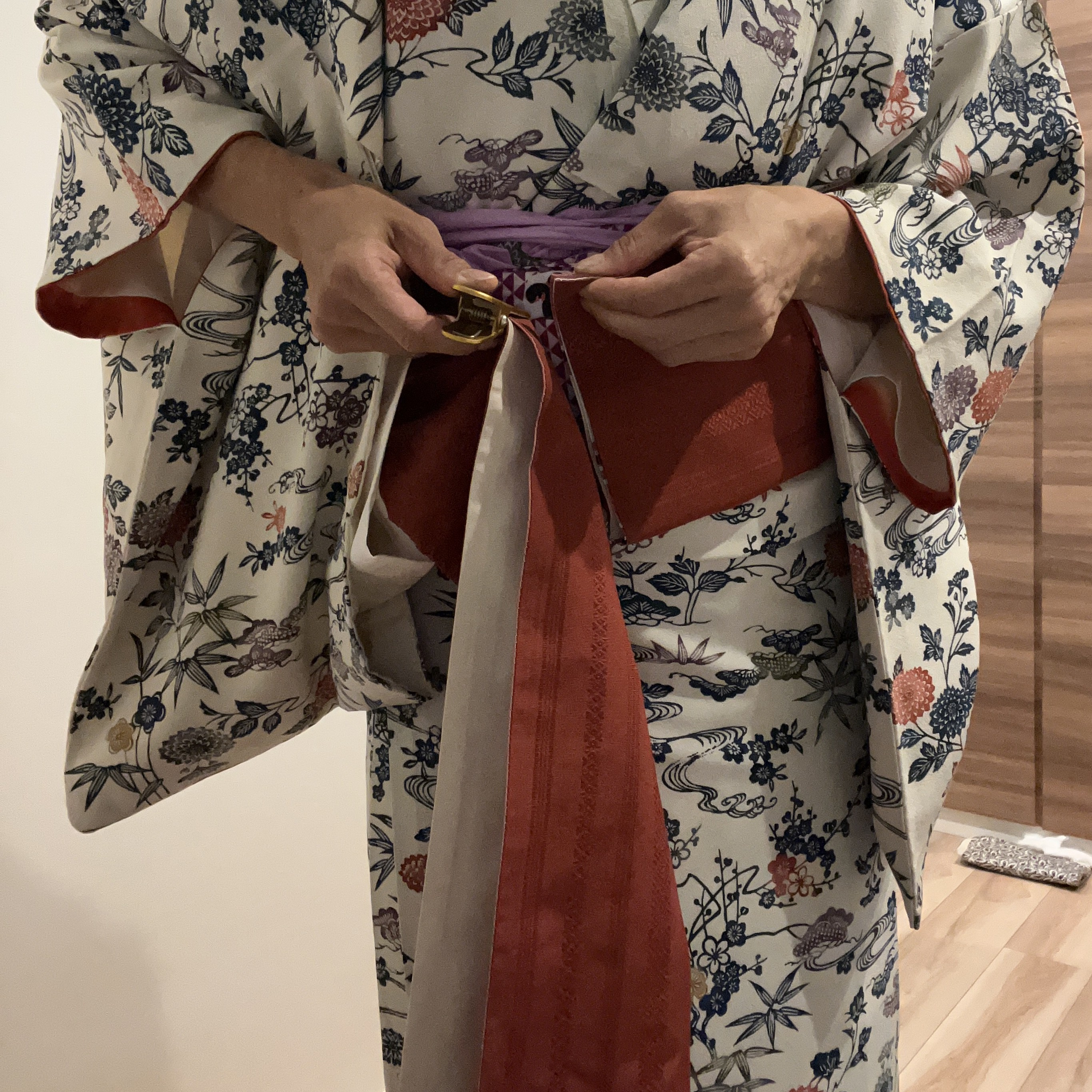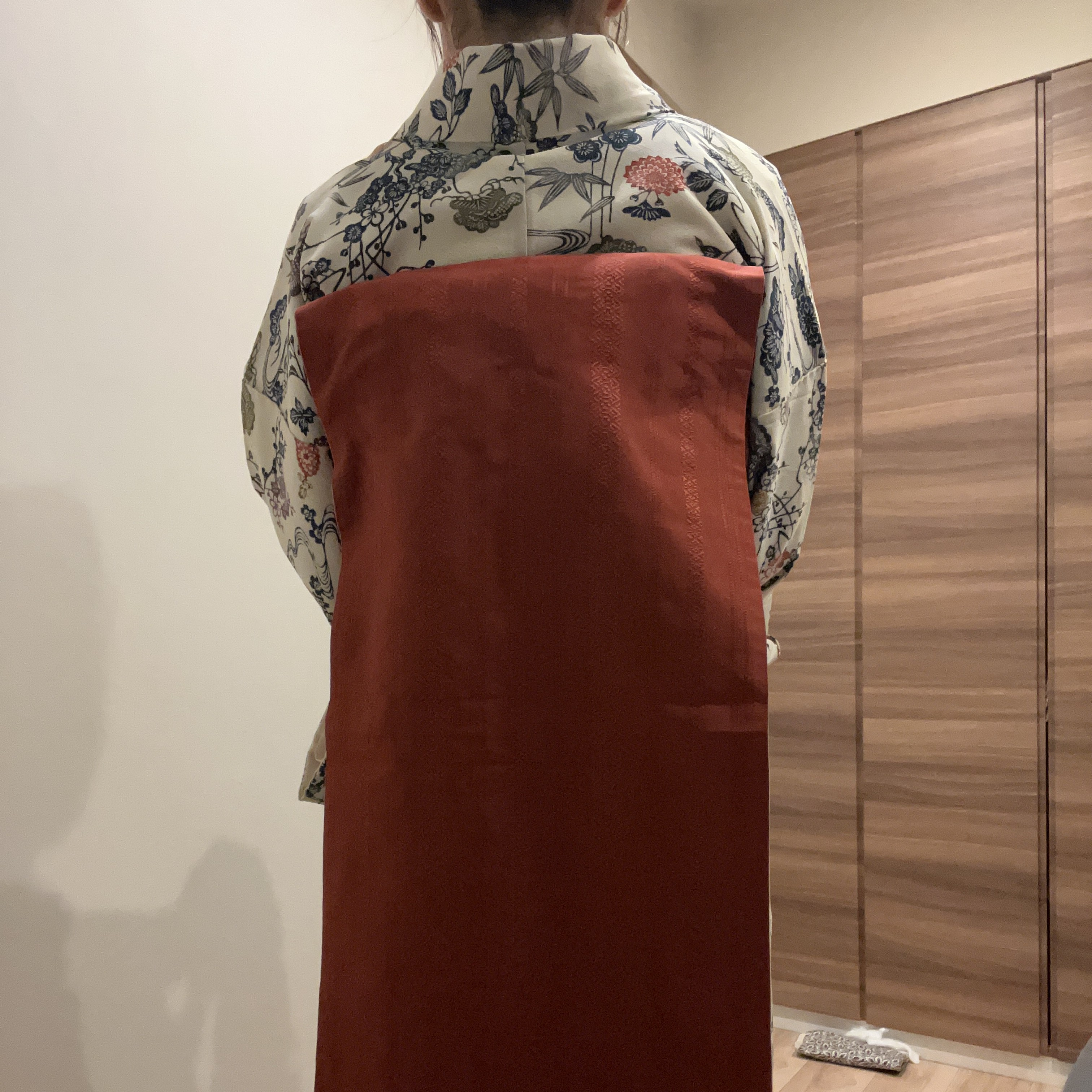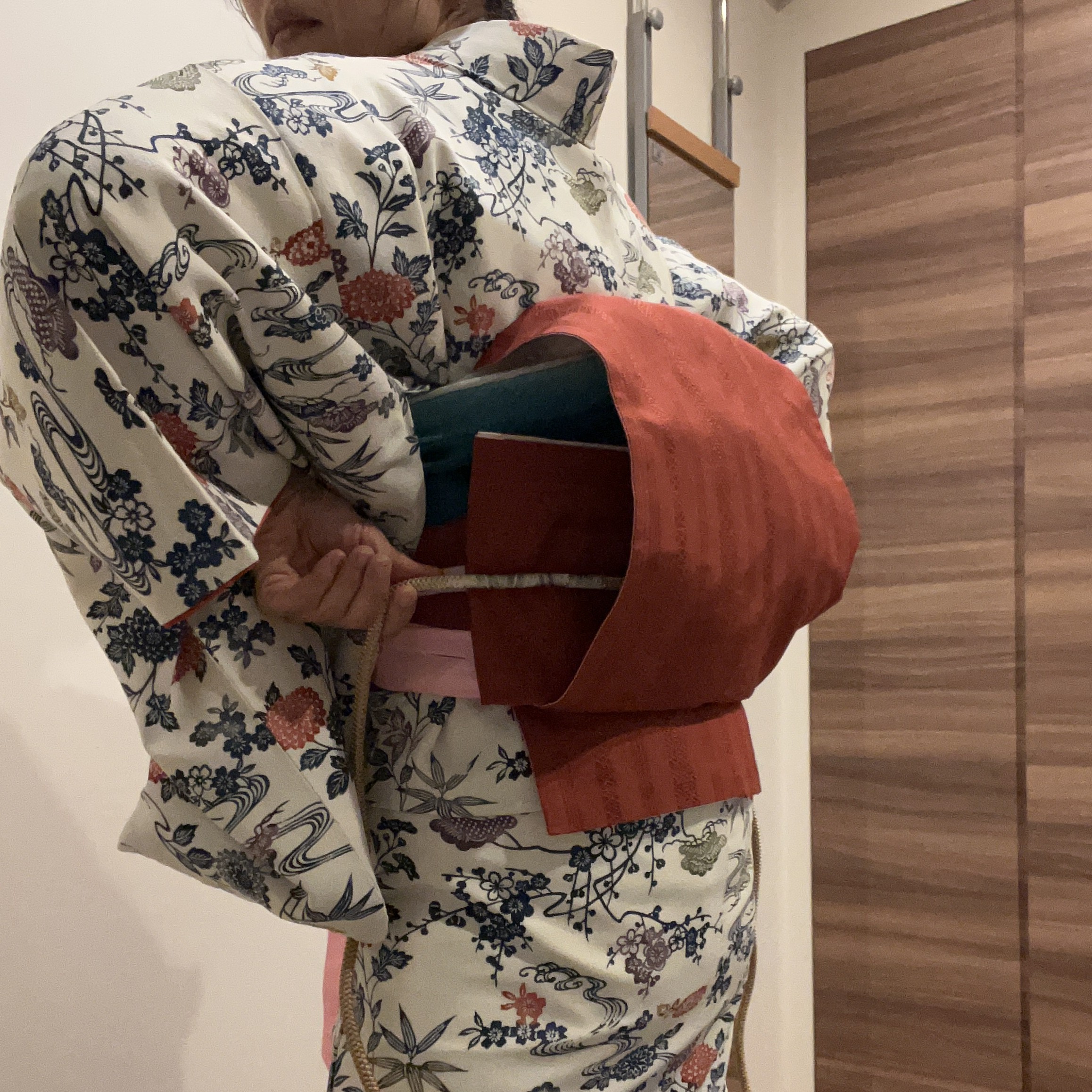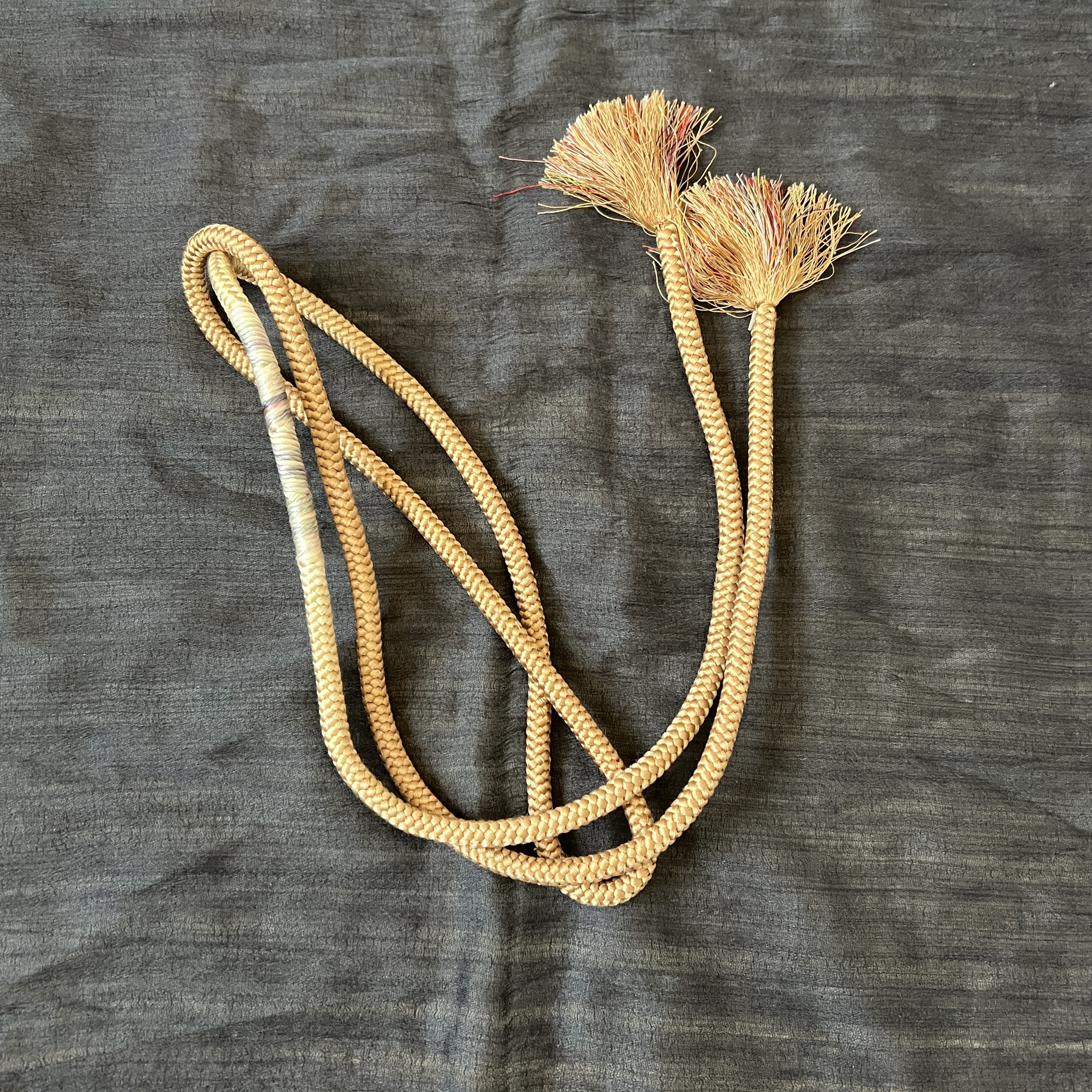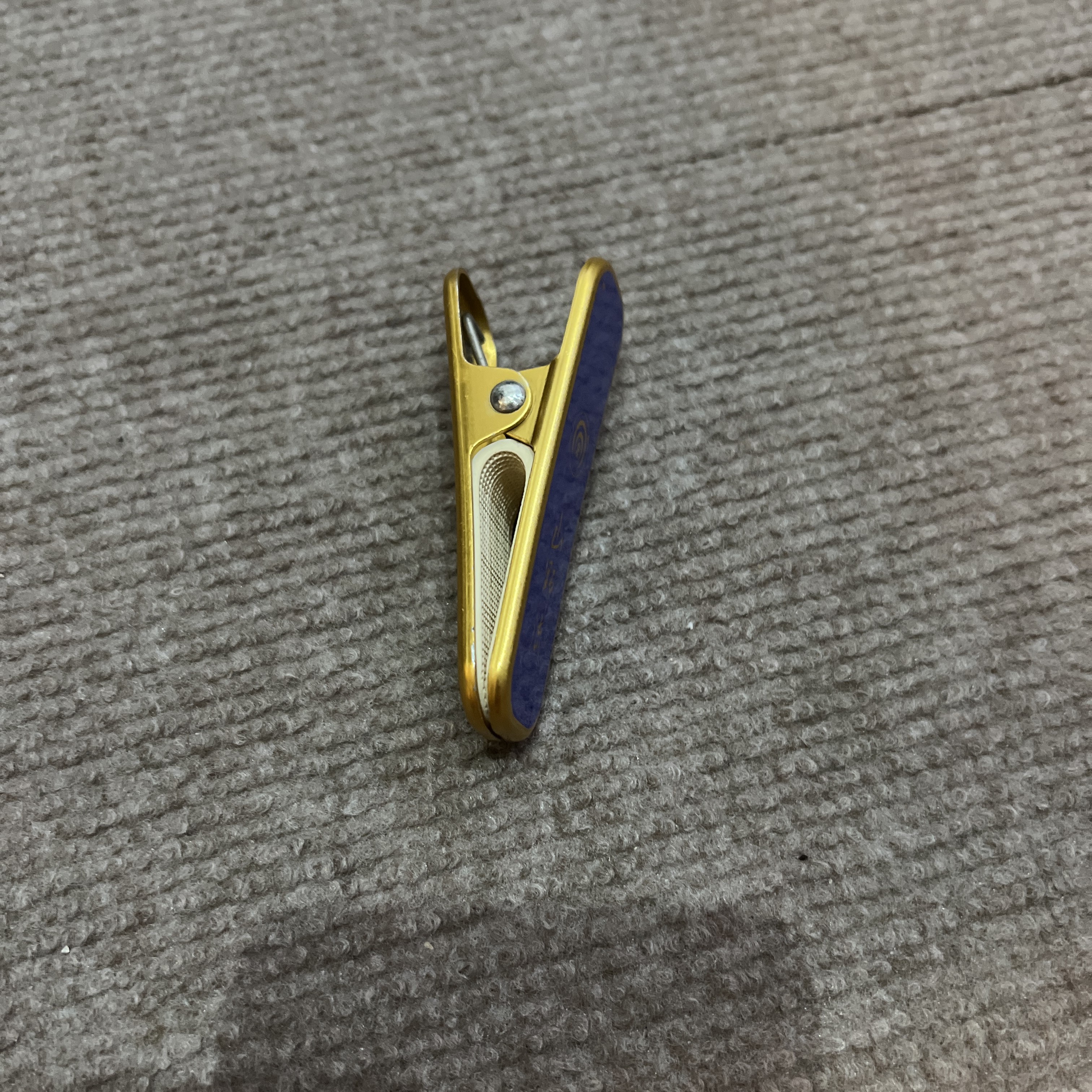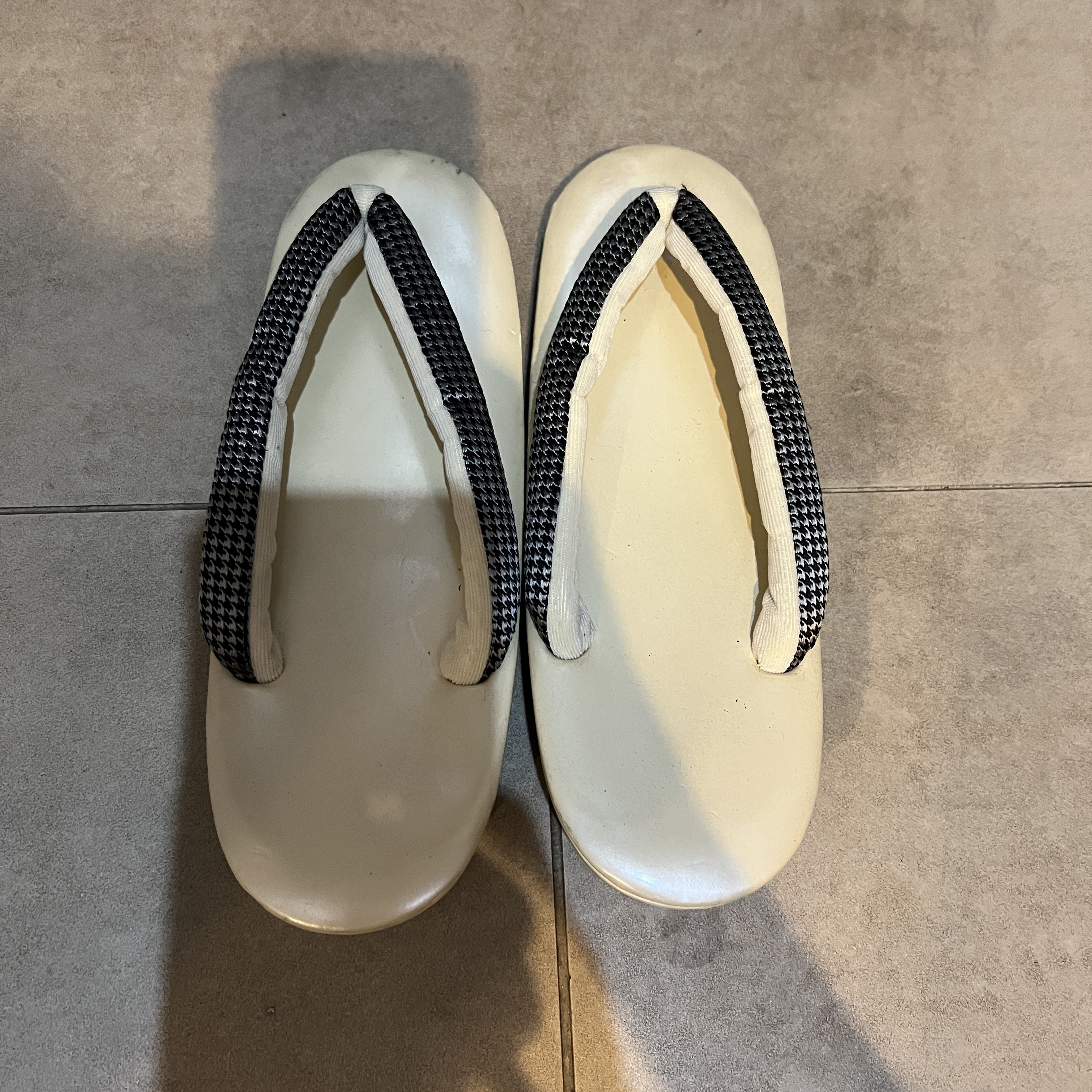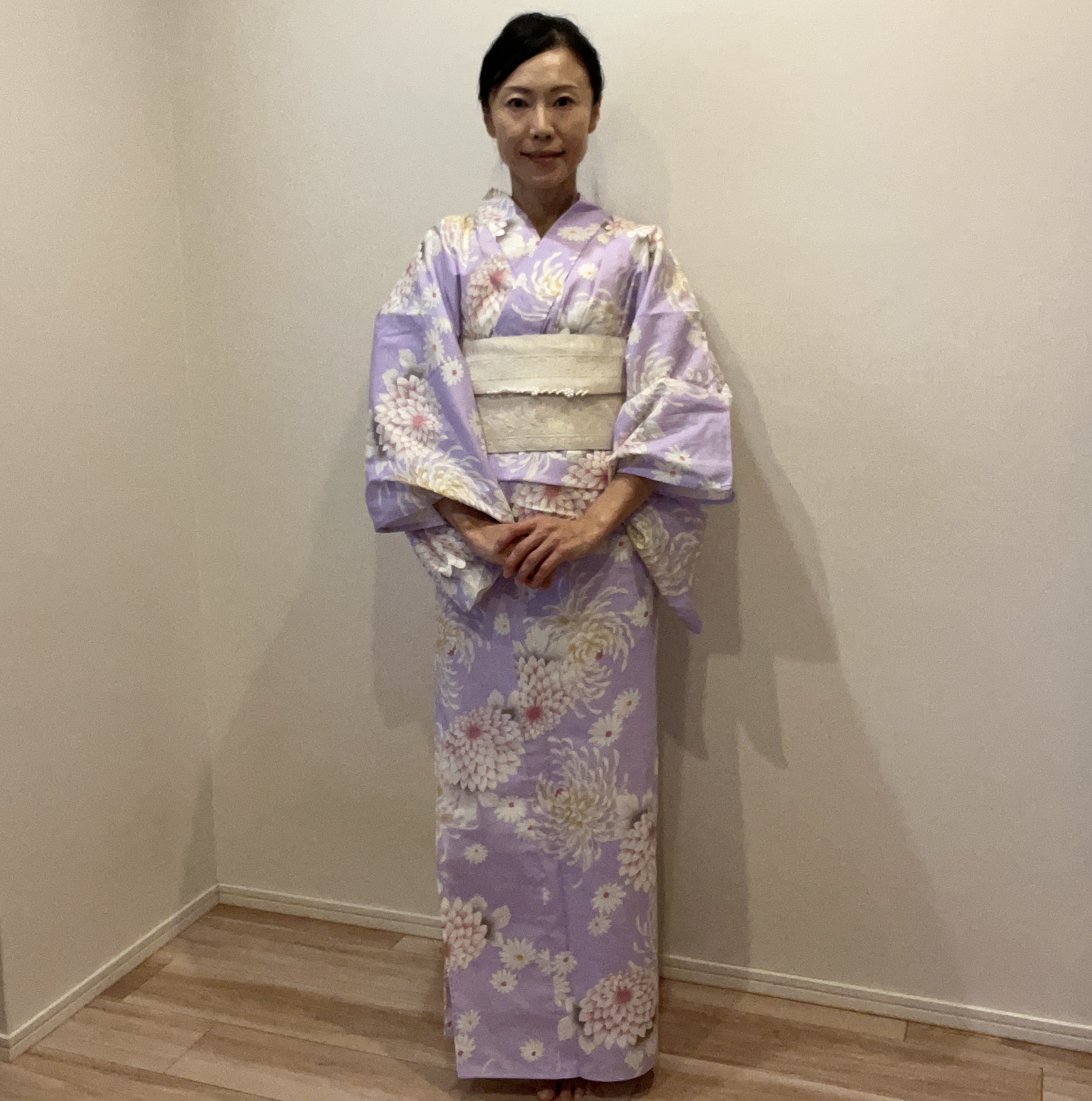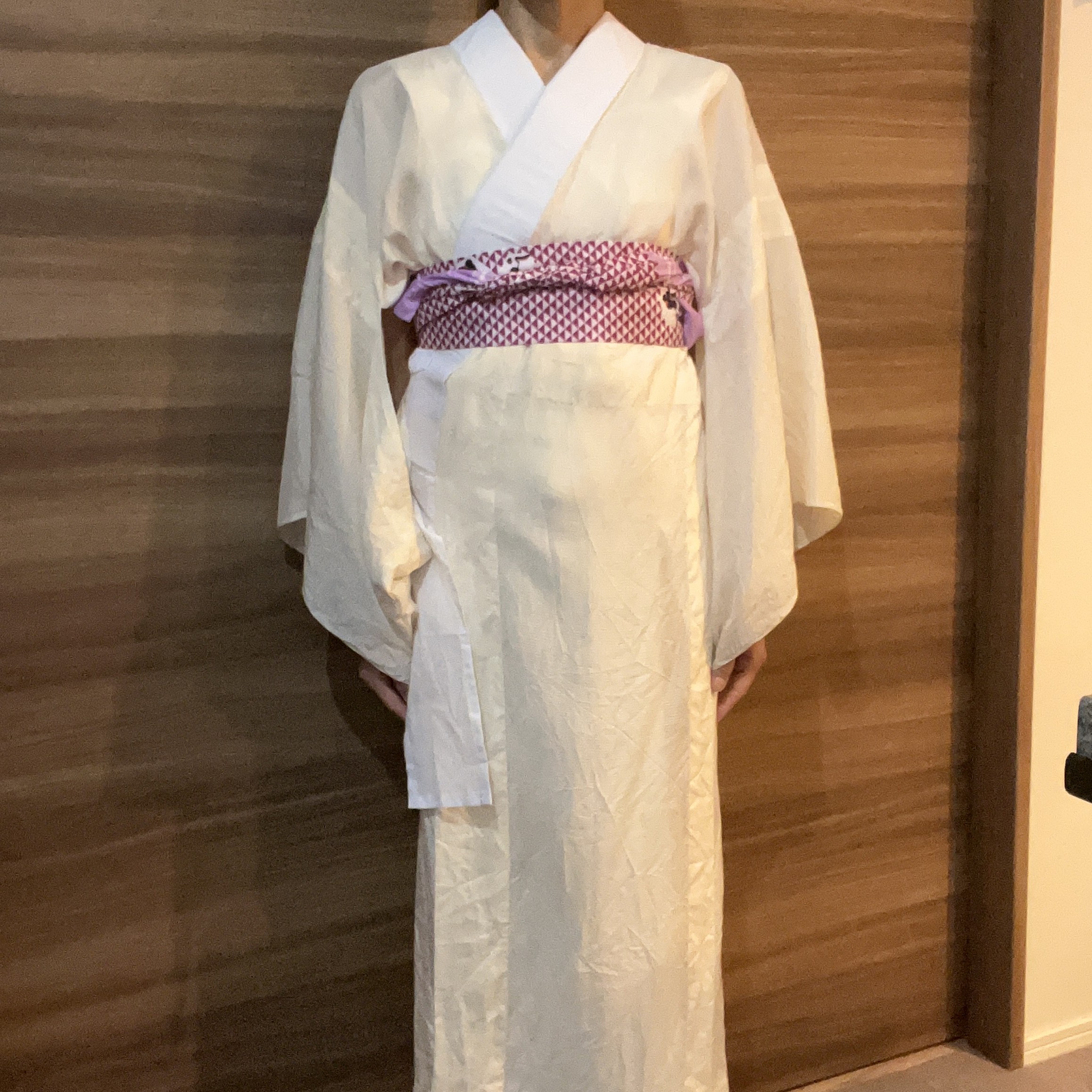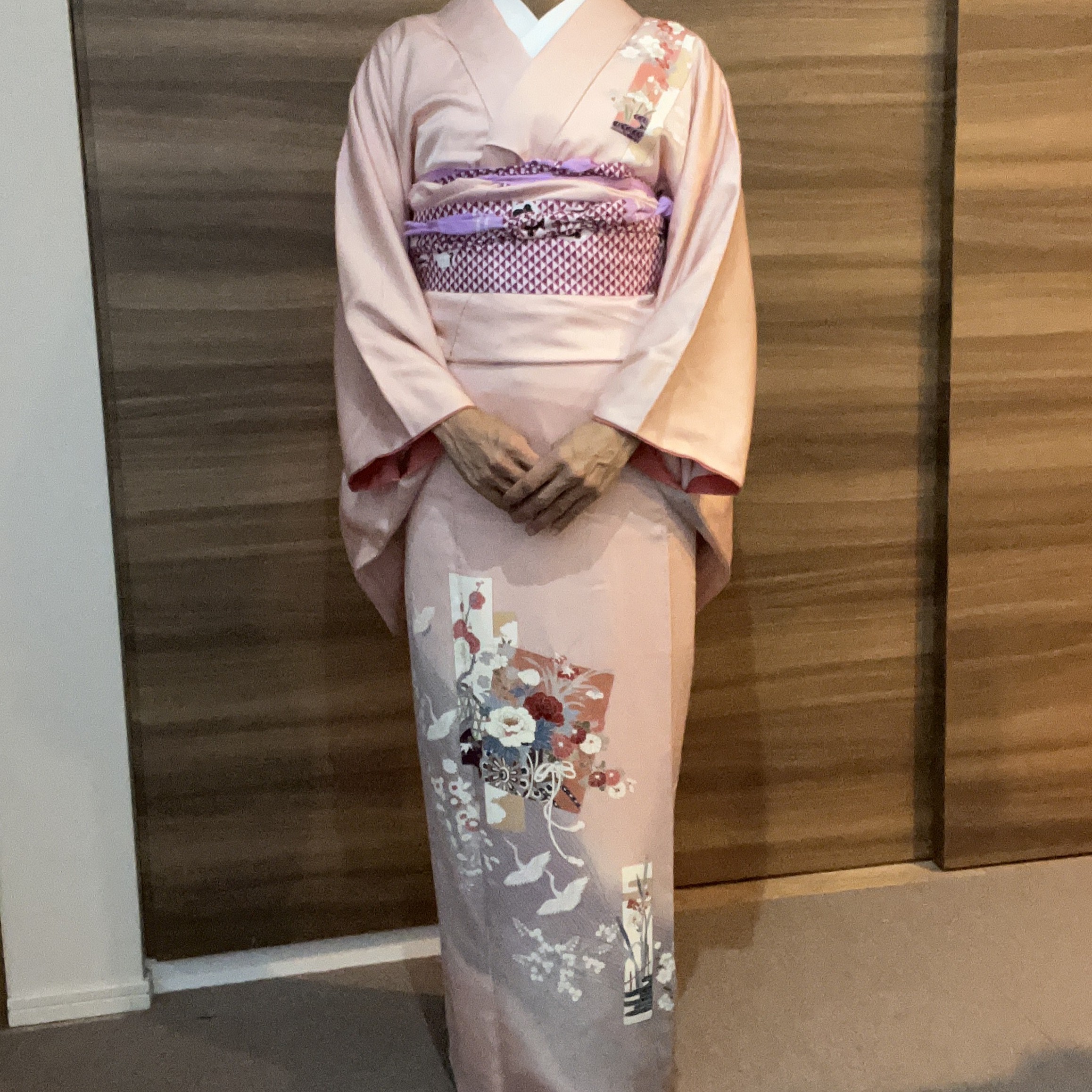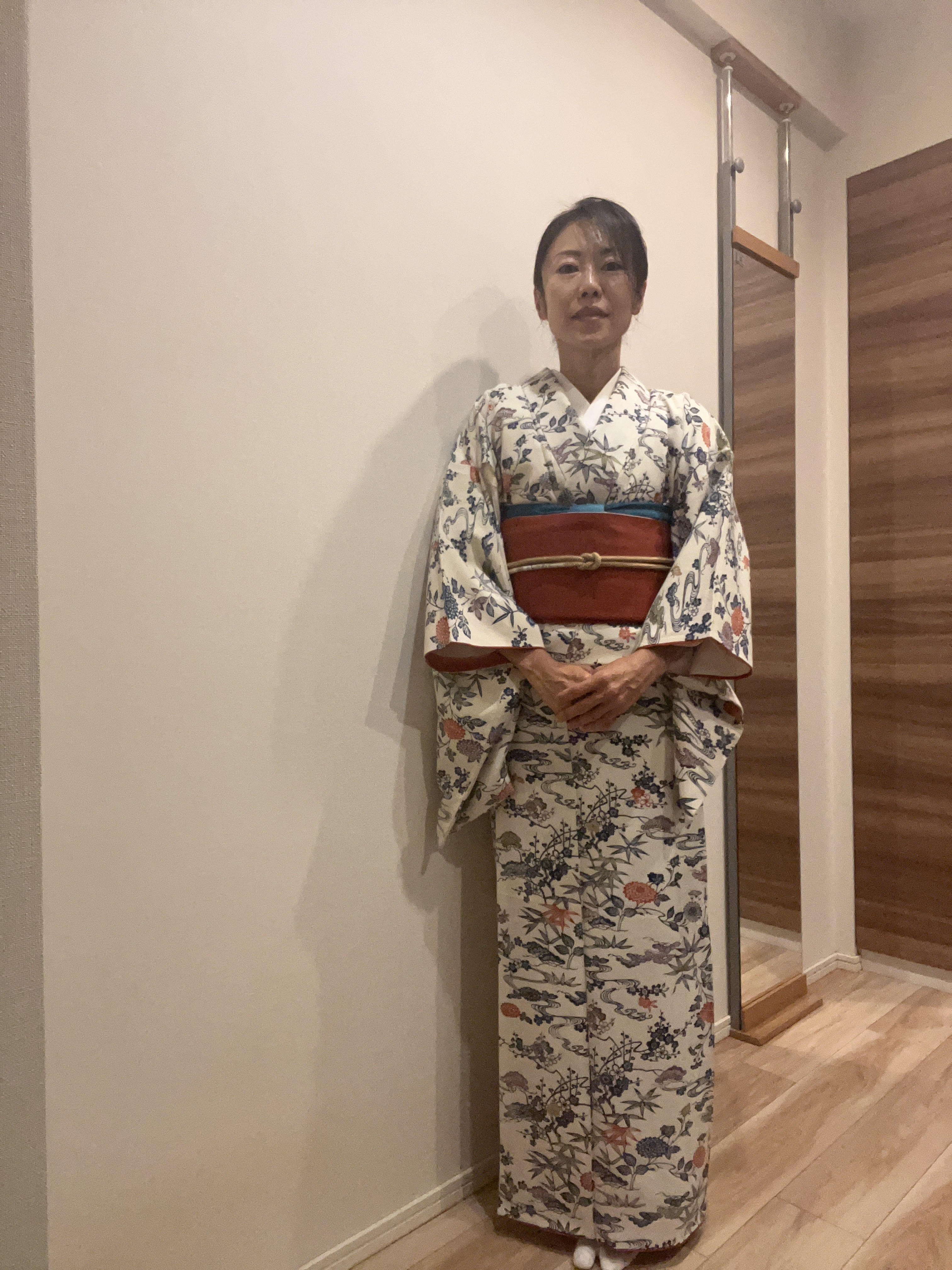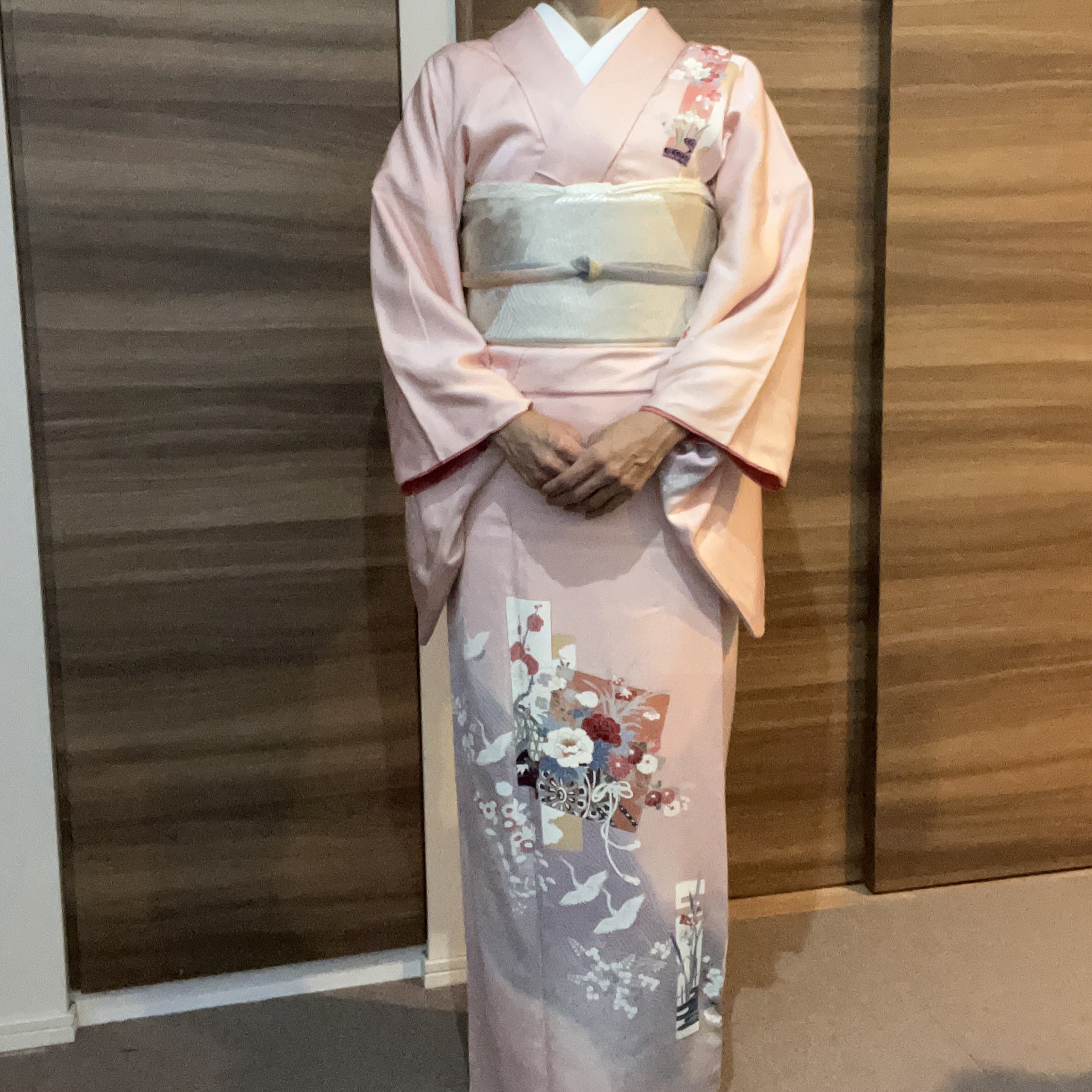Part3] Let's try wearing a kimono by yourself - Nagoya obi
Lesson Details
 Price
Price
¥ 4,500
(Tax include ¥ 4,950)
For other currency, press currency button.
 Time
Time
90 min.
 Level
Level
2/5
 Max. Number of students
Max. Number of students
3

Video Call with Auto Translation
English, Cantonese, Japanese

Latest Schedule
12 Dec. 2025 (Fri)
09:00
-
10:30
GMT+9
Your country time will be displayed once you logged in.
Ask the instructor about lessons and schedules
Ask the Instructor

Once you are able to put on a kimono by yourself, you will be able to wrap an obi around it.
(It is recommended that you take the class in order from Part 1 and Part 2.)
The kimono practiced in Part 2 will be casual kimono for everyday wear, so we will practice the obi called Nagoya obi, which is used to wrap an obi for relatively casual occasions.
This is the most common type of obi, also called ippie-daiko.
You will practice three times in total. The first time, please follow along as we watch. The second time you will practice together while remembering. The third time, let's practice without the instructor's sample.
(It is recommended that you take the class in order from Part 1 and Part 2.)
The kimono practiced in Part 2 will be casual kimono for everyday wear, so we will practice the obi called Nagoya obi, which is used to wrap an obi for relatively casual occasions.
This is the most common type of obi, also called ippie-daiko.
You will practice three times in total. The first time, please follow along as we watch. The second time you will practice together while remembering. The third time, let's practice without the instructor's sample.

No precautions

Please prepare your own materials and tools.
Note: Komon (everyday kimono) sets can be purchased at the kimono stores listed on the "Materials and Tools Page". (All items used in Part 1, Part 2, and Part 3 are included in the set.) Please look for "Komon Omakase Full Set".
If you are not sure which set to purchase or if you can use items you already own, please feel free to contact us by clicking on the "Ask an Instructor" button.
Materials and tools to be prepared by a student
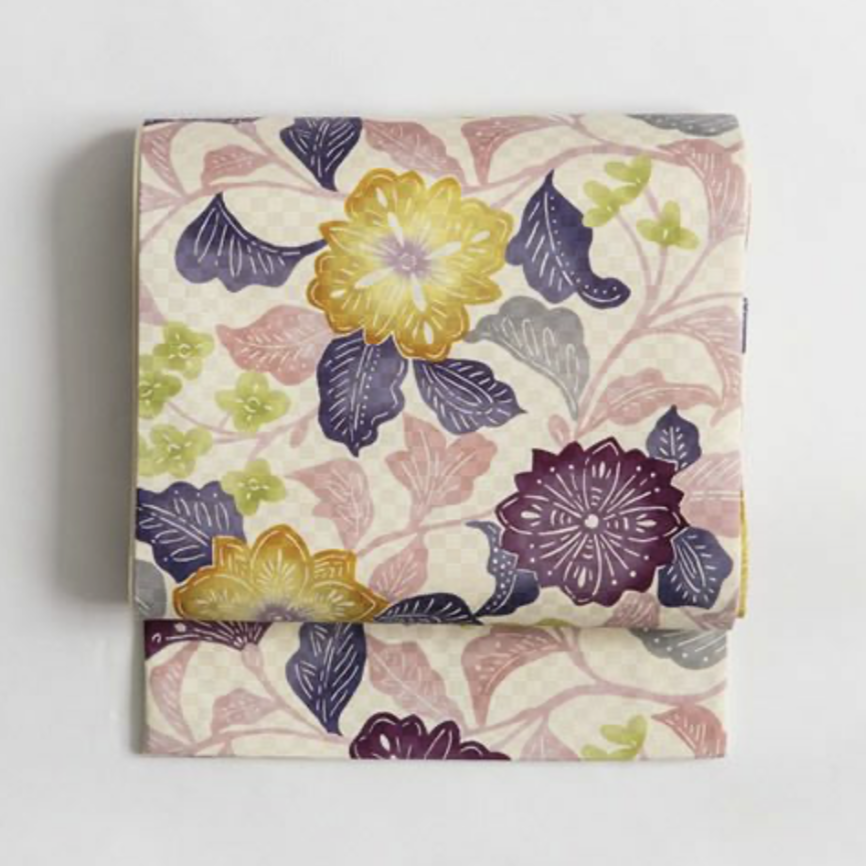
1.
obi
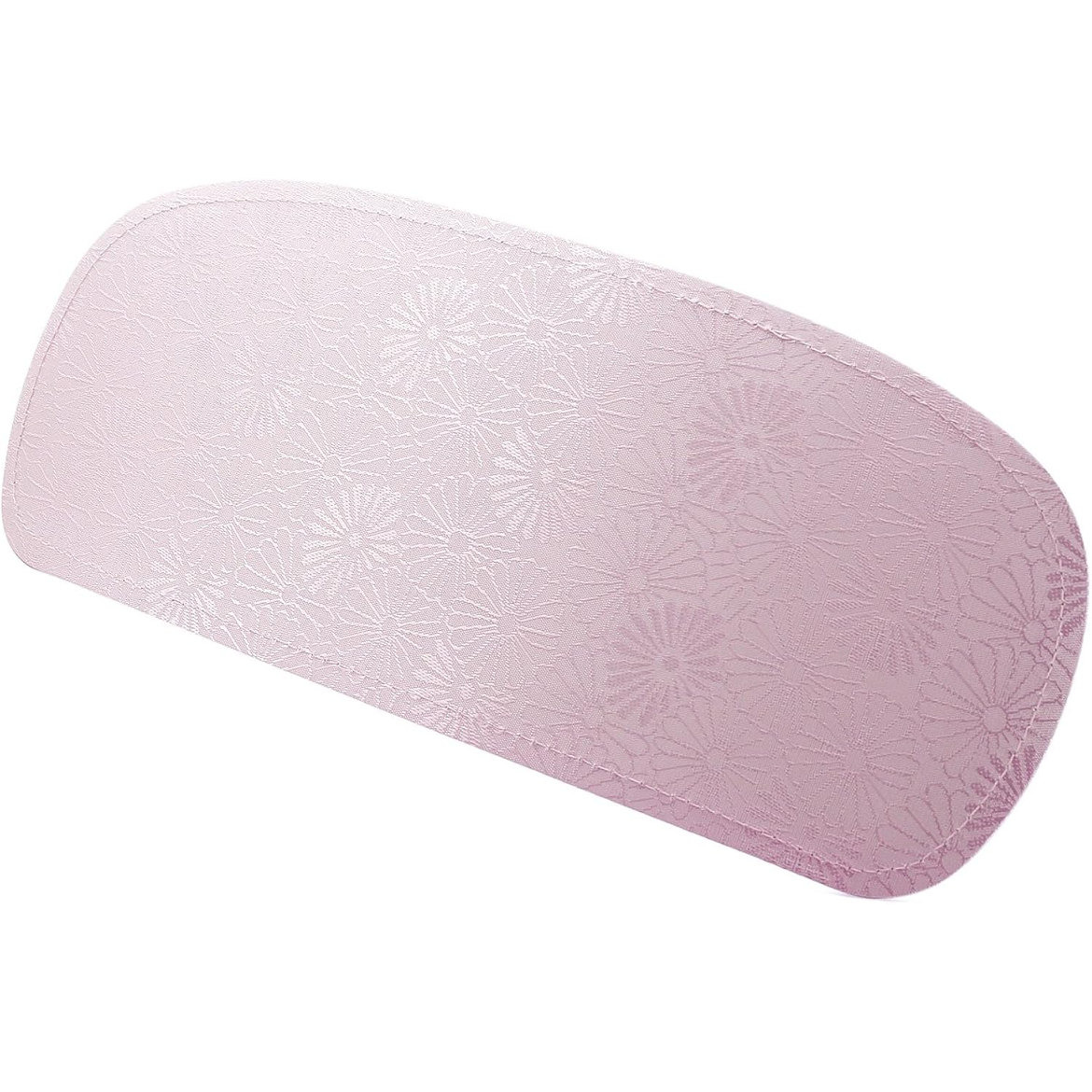
2.
batten plate
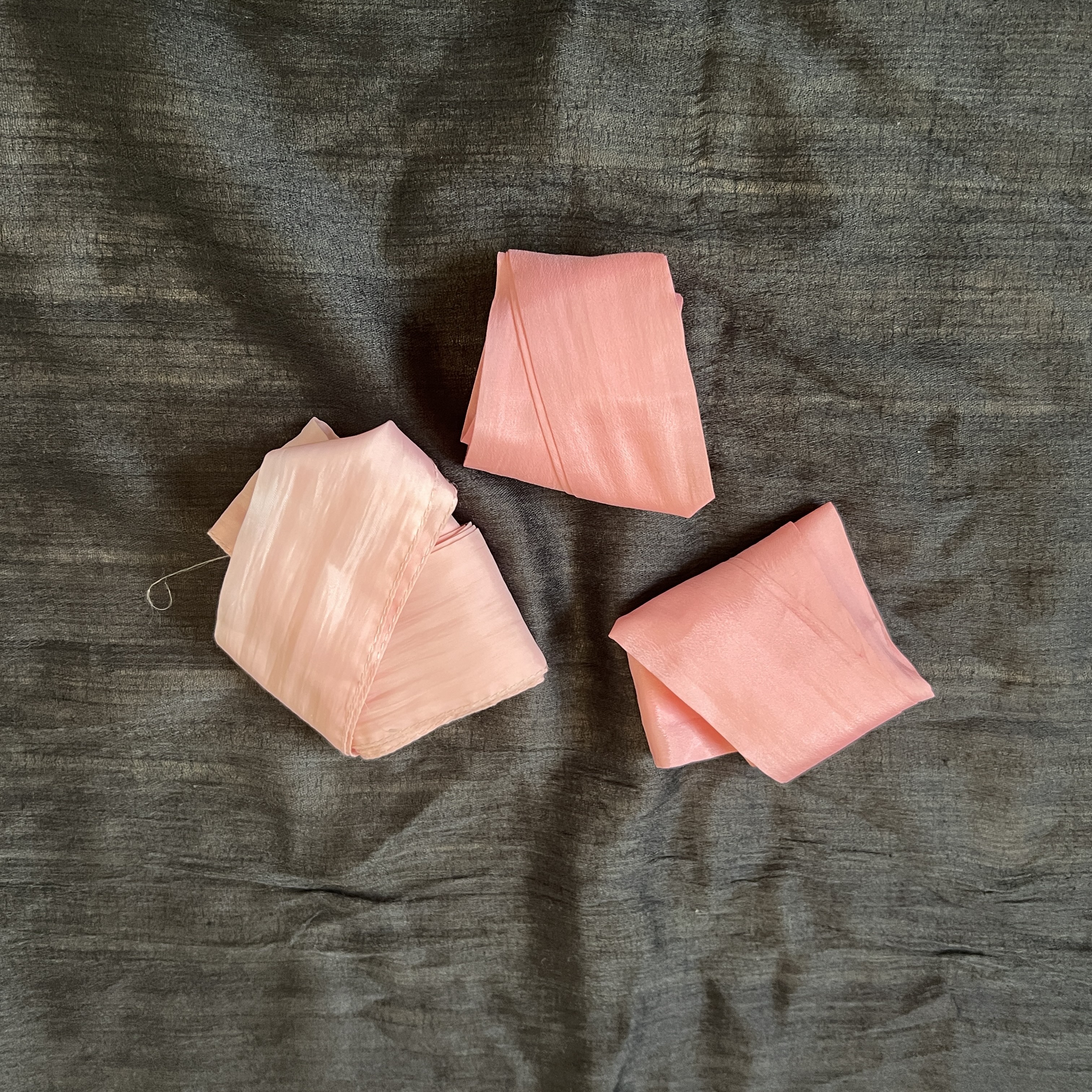
3.
3 temporary strings
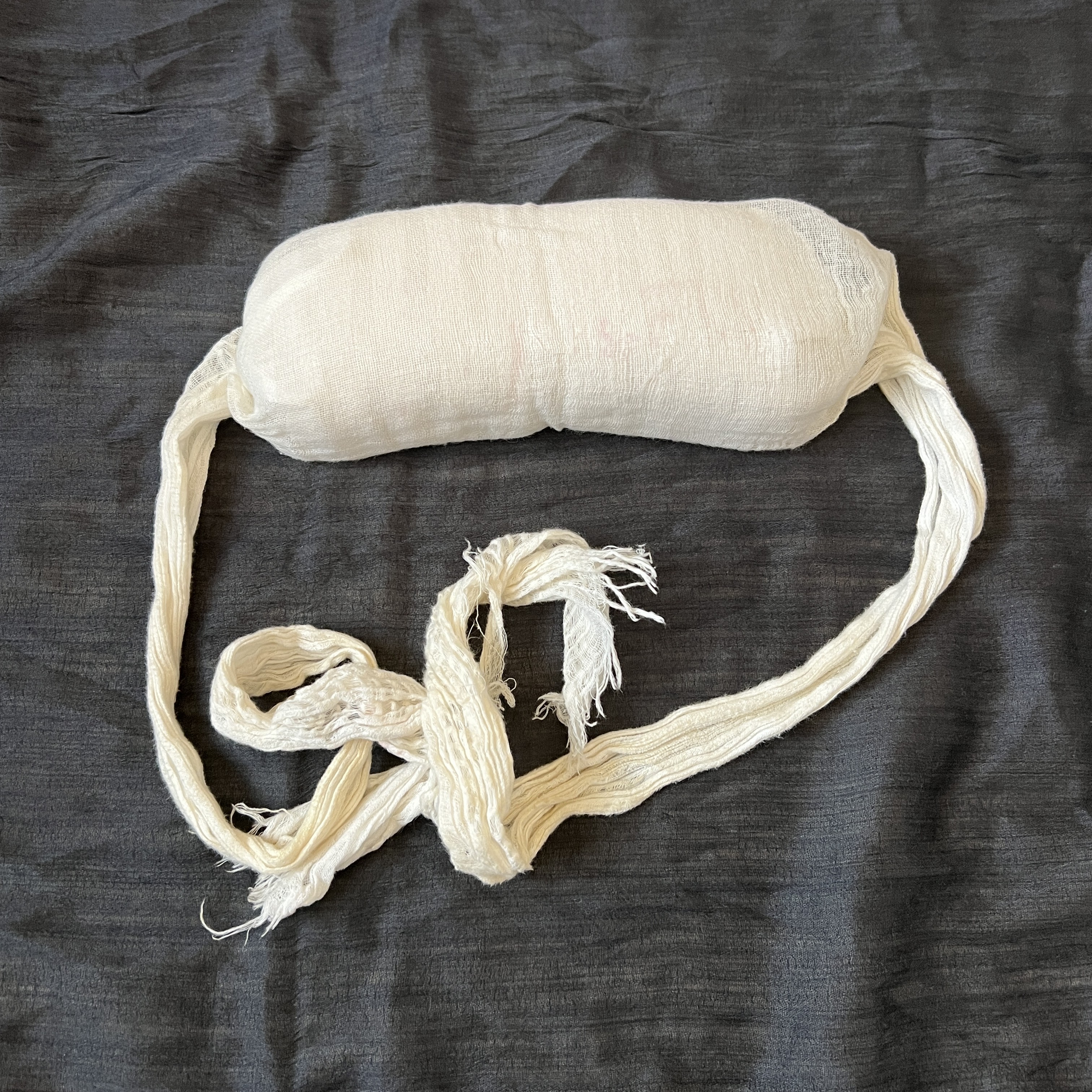
4.
oval pad with two long strips tied underneath the obi to make it look fuller
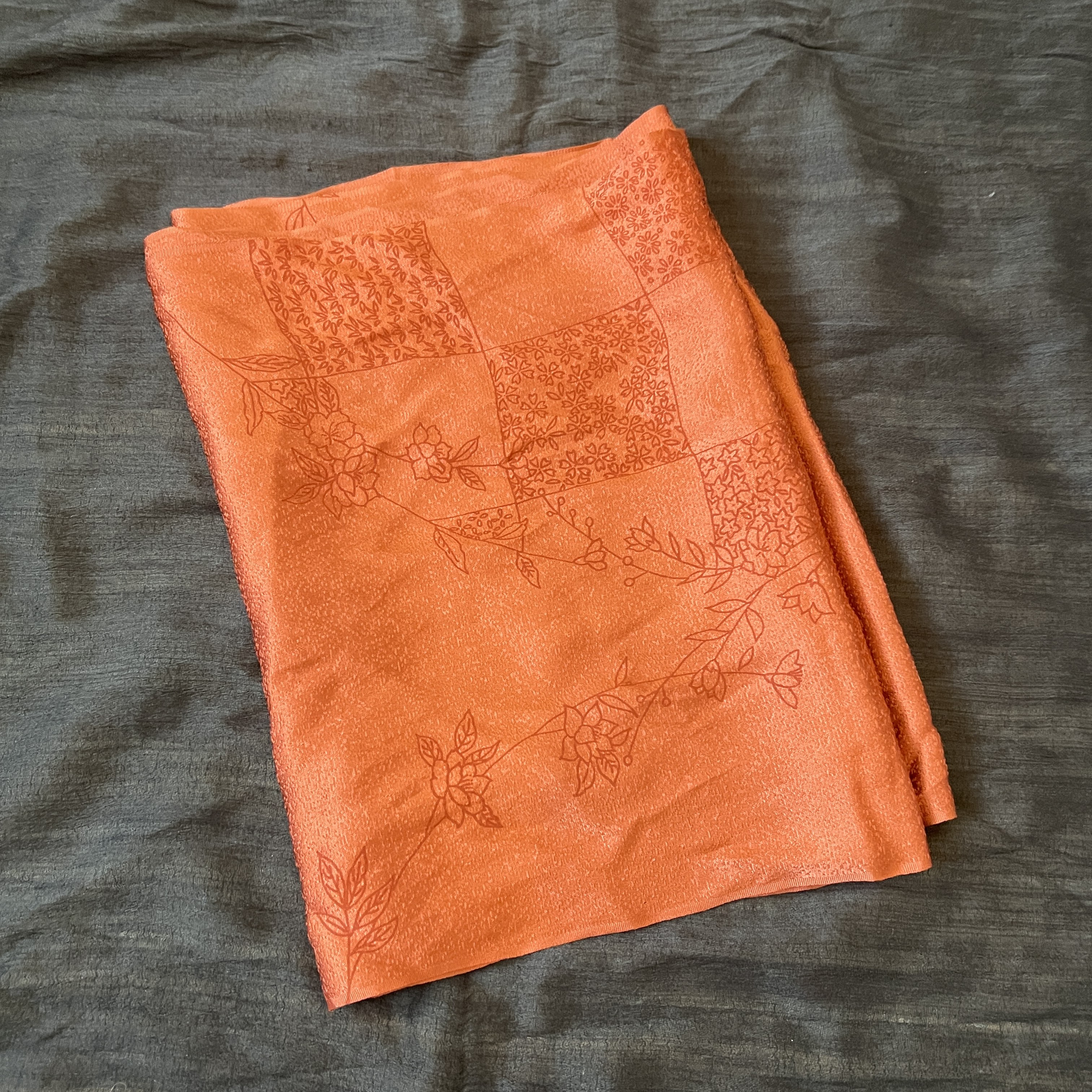
5.
obi sash
View More


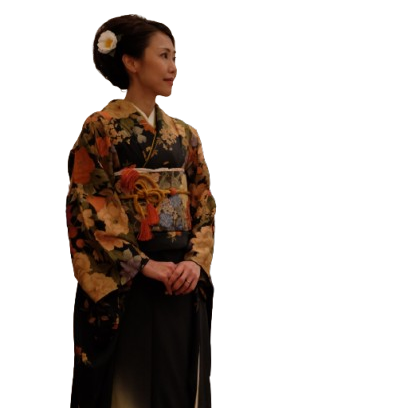
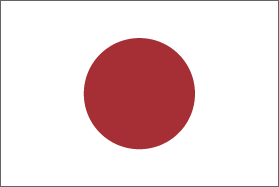
Tama
Tamayo Yazaki was born in 1978 in Niigata Prefecture.
She worked at a guest house of a certain conglomerate group. After her marriage and retirement, she accompanied her husband on his overseas assignment and lived in New York and London for about 2 years. After returning to Japan, she obtained certification as a kimono stylist and instructor at the Yamano Kimono School. After working at a kimono shop in Nippori (sales and dressing classes), she is currently giving dressing lessons at home and on business trips, and dressing for omiya-sai, shichigosan, and entrance ceremonies, while raising her children.

There are no student reviews yet.

Please scroll. →
Level.1
Ultimate beginner
or Beginner
or Beginner
Level.2
Beginner
Level.3
Intermediate
Level.4
Upper
Intermediate
Intermediate
Level.5
Advanced
Line 1

¥ 3,000
(Inc. Tax ¥ 3,300) 60 min.
60 min.
 Level 1/5
Level 1/5
 15 Dec. 2025 (Mon)
10:00
+more
15 Dec. 2025 (Mon)
10:00
+more

¥ 2,000
(Inc. Tax ¥ 2,200) 40 min.
40 min.
 Level 2/5
Level 2/5
 21 Jan. 2026 (Wed)
09:00
+more
21 Jan. 2026 (Wed)
09:00
+more

¥ 4,500
(Inc. Tax ¥ 4,950) 90 min.
90 min.
 Level 3/5
Level 3/5

Request
Line 2

¥ 4,500
(Inc. Tax ¥ 4,950) 90 min.
90 min.
 Level 2/5
Level 2/5
 17 Dec. 2025 (Wed)
10:00
+more
17 Dec. 2025 (Wed)
10:00
+more

¥ 4,500
(Inc. Tax ¥ 4,950) 90 min.
90 min.
 Level 3/5
Level 3/5

Request
Line 3

¥ 4,500
(Inc. Tax ¥ 4,950) 90 min.
90 min.
 Level 2/5
Level 2/5
 12 Dec. 2025 (Fri)
09:00
+more
12 Dec. 2025 (Fri)
09:00
+more


